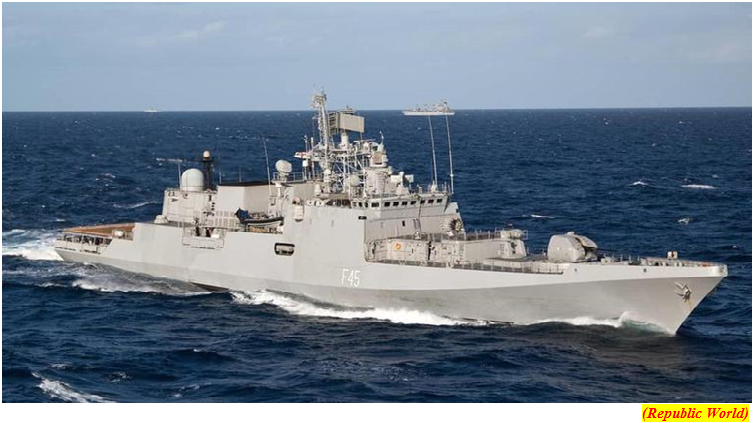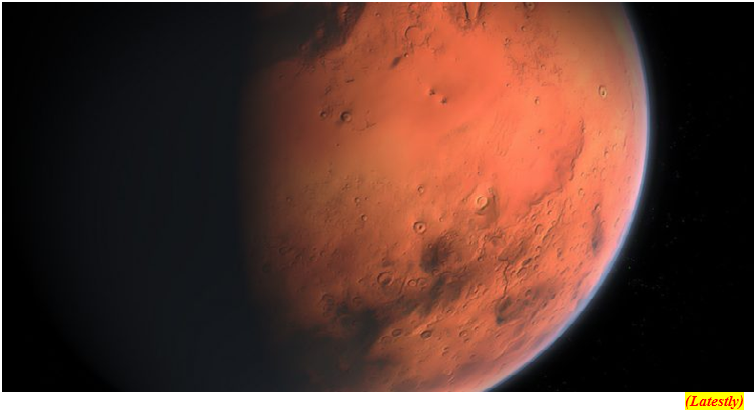21st Edition of India France Bilateral Naval Exercise Varuna 2023 (GS Paper 3, Defence)

Why in news?
- The 21st Edition of the Bilateral Naval Exercise between India and France – Exercise Varuna commenced on the Western Seaboard recently.
About ‘Exercise Varuna’:
- While the bilateral exercise between the two navies were initiated in 1993, it was christened as ‘VARUNA’ in 2001 and has become a hallmark of India – France strategic bilateral relationship.
Key Highlights:
- This edition will witness participation of indigenous guided missile stealth destroyer INS Chennai, guided missile frigate INS Teg, maritime patrol aircraft P-8I and Dornier, integral helicopters and MiG29K fighter aircraft.
- The French Navy will be represented by the aircraft carrier Charles De Gaulle, frigates FS Forbin and Provence, support vessel FS Marne and maritime patrol aircraft Atlantique.
- The exercise will witness advanced air defence exercises, tactical manoeuvres, surface firings, underway replenishment and other maritime operations.
- Units of both navies will endeavour to hone their war-fighting skills in maritime theatre, enhance their inter-operability to undertake multi-discipline operations in the maritime domain and demonstrate their ability as an integrated force to promote peace, security and stability in the region.
Way Foreword:
- Having grown in scope and complexity over the years, this exercise provides an opportunity to learn from each other’s best practices.
- The exercise facilitates operational level interaction between the two navies to foster mutual cooperation for good order at sea, underscoring the shared commitment of both nations to security, safety and freedom of the global maritime commons.
First evidence of solitary waves near Mars may decode the mystery behind ion loss in the planet
(GS Paper 3, Science and Tech)
Why in news?
- Scientists have reported the first evidence of the presence of solitary waves or distinct electric field fluctuations in the Martian magnetosphere.
- The study of these waves is crucial as they directly control particle energization, plasma loss, transport, etc., through wave-particle interactions.

Background:
- The Earth is a giant magnet, and its magnetic field protects us from high-speed charged particles that are continuously emitted from the Sun in the form of solar wind. Unlike Earth, the planet Mars do not have any intrinsic magnetic field. This allows the high-speed solar wind to interact directly with the Mars atmosphere, like an obstacle in flow.
- It has been suggested that even in a weak and thin magnetosphere as that of the Mars, one can observe frequent occurrences of solitary waves. However, despite several missions to Mars, the presence of solitary waves in the Martian magnetosphere has never been reported earlier.
Recent research:
- For the first time, a research team from the Indian Institute of Geomagnetism (IIG) has identified and reported the solitary waves in the Martian magnetosphere with the help of high-resolution electric field data recorded by Langmuir Probe and Waves instrument on the Mars Atmosphere and Volatile EvolutioN (MAVEN) spacecraft of NASA.
- The magnetosphere is weak but highly dynamic and formed due to the direct interaction of solar winds with the Martian atmosphere.
Solitary waves:
- Solitary waves are the distinct electric field fluctuations (bipolar or monopolar) that follow constant amplitude-phase relations. Their shape and size are less affected during their propagation.
- The magnitude and duration of these pulses are found to be 1-25 milivolt/meter and 0.2–1.7 milliseconds, respectively. These pulses are dominantly seen in the dawn and afternoon-dusk sectors at an altitude of 1000–3500 km around the Mars.
- The dominant occurrence of solitary waves in the dawn and dusk sector is still a mystery and needs further investigation. Through simulations, it is found that the spatial extent of these structures is very small (30-330 meters).
Way Forward:
- As these waves are known to be responsible for the plasma energization and its transport in Earth’s magnetosphere, the team is further exploring their role in the particle dynamics in the Martian magnetosphere and whether such waves play any role in the loss of atmospheric ions on the Mars.
SII's Covid vaccine Covovax gets heterologous booster dose approval
(GS Paper 3, Science and Tech)
Why in news?
- Recently, the Drug Controller General of India (DCGI) has approved market authorisation to COVID-19 vaccine Covovax as a heterologous booster dose for adults who have been administered two doses of Covishield or Covaxin.
- The DCGI's approval came following recommendation by the Subject Expert Committee of the Central Drugs Standard Control Organisation (CDSCO).

Covovax:
- Covovax is manufactured through technology transfer from Novavax.
- It has been approved by the European Medicines Agency for conditional marketing authorisation. It was granted emergency-use listing by the World Health Organization (WHO) on December 17, 2021.
- In August 2020, US-based vaccine maker Novavax Inc. had announced a licence agreement with the SII for the development and commercialisation of NVX-CoV2373, its COVID-19 vaccine candidate in India and low-and-middle-income countries.




